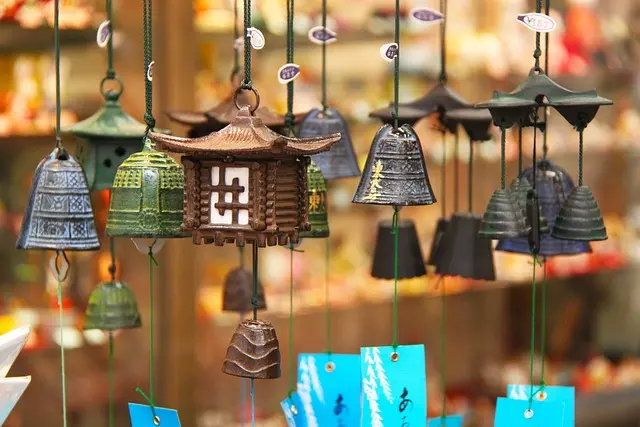
Getting to Asuka
To travel conveniently, consider purchasing an Asuka One-Day Pass:
• From Kyoto: The pass costs 1,960 yen and includes one round trip between Kyoto and Asuka as well as unlimited rides within the designated zone.
• From Osaka: A one-day pass for 1,440 yen allows unlimited travel on Kintetsu trains within the Osaka and Asuka areas.
Take the train to Kashihara Jingu-mae Station, then rent a bike or hop on the sightseeing bus for easy exploration. Check the official website for updated pricing and routes.
Getting Around in Asuka
There are three main ways to explore Asuka:
1. Rent a Car or MICHIMO Electric Vehicle
• For a unique experience, rent a compact MICHIMO electric vehicle. Equipped with iPad navigation, it costs 8,000 yen per day or 3,000 yen for three hours (tax not included). These vehicles are available at Kintetsu Asuka Station, but you’ll need a Japanese driver’s license to rent one.
2. Bicycle Rental
• Bicycles are available for rent at Asuka Station or Kashihara Jingu-mae Station, with the option to rent from one location and return at another. It’s an ideal way to soak in the countryside at your own pace.
3. Asuka Sightseeing Bus
• The Asuka Bus runs between major attractions and costs 650 yen for a one-day pass. It’s a budget-friendly and convenient choice for those who prefer not to cycle.
Top Attractions in Asuka
1. Ishibutai Kofun (Stone Stage Burial Mound)
Dating back to the 6th or 7th century, this is Japan’s largest rectangular burial mound. Thought to be the resting place of Soga no Umako, a prominent political figure of the Asuka period, the tomb features over 30 massive stones weighing a total of 2,300 tons. Its flat “stage-like” roof stone, weighing 77 tons, gives the site its name.
• Address: 254 Shimasho, Asuka Village, Nara Prefecture (inside Asuka Historical National Park)
• Hours: 8:30 AM – 5:00 PM (last entry at 4:45 PM)
• Access: Take the Asuka Sightseeing Bus and alight at “Asuka Tourism Center,” then walk 10 minutes.
2. Oku-Asuka and Inabuchi Terraced Rice Fields
Explore the picturesque terraced rice fields in Oku-Asuka, the hilly outskirts of the village. The fields are particularly stunning in autumn when they are surrounded by fiery red spider lilies. This tranquil spot showcases the timeless beauty of Japan’s countryside.
3. Asukadera Temple
Home to Japan’s oldest bronze Buddha statue, the Asuka Daibutsu, this temple was established in the early 7th century by Soga no Umako. Originally known as Hokko-ji, it was once a prominent center of Buddhism in Japan and continues to hold historical significance.
• Address: 682 Asuka, Asuka Village, Nara Prefecture
• Hours: 9:00 AM – 5:30 PM (until 5:00 PM from October to March)
• Access: Take the Asuka Sightseeing Bus and alight at “Asuka Daibutsu Mae,” then walk 5 minutes.
Why Visit Asuka?
Strolling through Asuka’s tranquil landscapes, you’ll hear birdsong and feel the whispers of history in every corner. From ancient tombs like Ishibutai Kofun to spiritual sites like Asukadera Temple, the village offers a perfect mix of natural beauty and cultural heritage.
Conclusion
If you enjoy the calm charm of Nara city, you’ll love the understated elegance and peaceful countryside of Asuka. For your next trip to Japan, set aside a day to experience the serenity and timeless allure of Asuka—Japan’s spiritual hometown!
